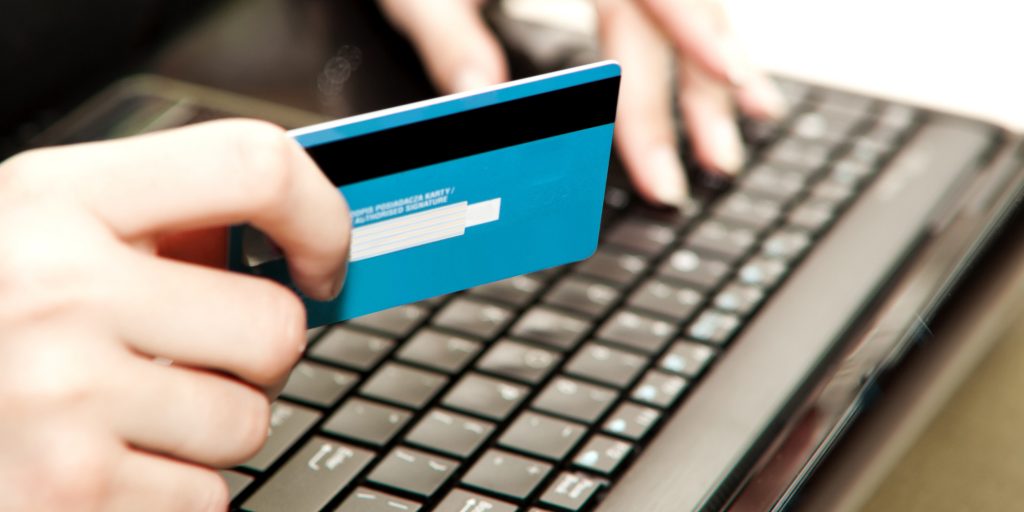There are a variety of digital payment methods available to customers these days. Out of these methods, credit cards have been around for a long time, and people worldwide are using plastic money through digital payment modes. To use credit cards more wisely and effectively, understand the online credit card payment mechanism. Here is everything you need to know about the online card-based payment function.
What Are Card-Based Online Payments
The card-based online payments cover all kinds of card payments, such as credit cards, debit cards, and prepaid cards. The cardholder may possess these cards in a digital or a physical form to use the online payment service. Banks provide these cards to customers, which function on the pattern of international or domestic payment card schemes.
Parties Involved in Card-Based Online Payments
To understand the payment process, you need to understand the parties involved in online payment transactions and how they function with each other. Here are all the parties involved in card-based online payments.
– Cardholder:
The individual who uses the card to perform a financial transaction is the cardholder. A cardholder may or may not own a credit card privately. There are corporate credit cards, and the individual who uses a corporate credit card is also a cardholder. The only condition is the individual using the credit card has to be authorised by the bank issuing the card to use the card privately or as an employee.
– Merchant:
The party selling or providing goods and services to the customers or the related information is the merchant or the seller. The merchant is also called the retailer or seller who accepts the cardholder’s payment.
– Acquirer:
Financial institutions that equip the merchant or seller to accept payments from cardholders are known as acquirers. Acquirers enable these payments through specific card payment networks with which they are connected. Usually, banks act as acquirers. The acquirer is linked to an acquiring bank. The acquiring bank manages the merchant’s bank account. They take care of the legal and commercial aspects of customer payments. The acquiring banks should know the risks they face with every merchant. There is a business relationship between the acquiring bank and the merchant. The merchant has to pay a pre-decided fee from the transaction amount to the acquiring bank. This fee includes the acquirer’s service fee, the issuer’s interchange fee, and the card scheme fee.
– Merchant Account:
The money a merchant receives from an issuer before settlement stops in a merchant account before reaching the merchant. All the card payments a merchant receives come in a merchant account which later gets distributed to the regular bank accounts of the merchant. The fees get deducted from these payments. The payments take place in batches on particular dates and do not take much time. Every merchant account has a Merchant ID (MID) which gets forwarded along with the payment information to authenticate transactions. The risk profile of a merchant account depends on the kinds of payment transactions it does. The higher the risk, the more the service fee for a merchant account.
– Payment Service Provider:
A payment aggregator or a payment service provider is a service company that equips a merchant to accept payments through credit cards, debit cards, and alternative payment methods. The payment service providers authorise payments, provide payment information, and take care of the payment settlement and clearance. Payment aggregators maintain the merchant account and forward the money to them.
– Payment Gateway:
It is the entry point for the cardholder’s payment data. It is also the starting point for payment authentication and routes it to the acquirer or the payment service provider. The relationship between an acquirer and merchant with the payment gateway can vary. In every case, the payment gateway is a layer that provides access to the payment service providers for a merchant.
– Issuer:
Financial institutions that issue and provide cardholders’ cards are called issuers. The issuers can be related to card payment networks or can be acquirers. There are strict industry standards that issuers must follow.
– Payment card scheme:
These are associations that channel financial transaction information between acquirers and issuers and pass payment data to let a card transaction happen. The card schemes support a variety of cards and the card scheme memberships are chargeable.
Online Payment Processing
During the payment process, the cardholder enters his card details on the merchant’s platform on the checkout page or the external page of the payment gateway. The transaction request gets transferred to the payment gateway, which passes the data to the payment service provider or acquirer. The acquirer validates the payment and sends the information to the payment card scheme. The payment card scheme sends the data to the issuer to authenticate the information. On clearance, the issuer confirms the same to the payment card scheme, which forwards it to the acquirer. The acquirer confirms it to the payment gateway, and the merchant gets the confirmation of receiving the funds. The cardholder has to pay the credit card annual fee to maintain a credit card.

